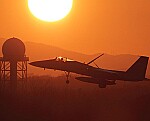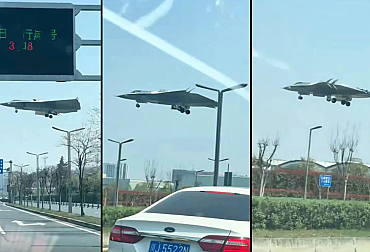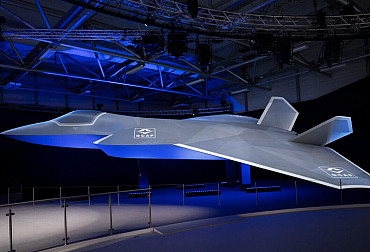China's H-20 stealth bomber falls short in comparison to U.S. counterpart
A U.S. intelligence official recently expressed doubts about the capabilities of China's new Xi’an H-20 stealth bomber, suggesting it is significantly inferior to American models such as the B-21 stealth bomber. Speaking on condition of anonymity, the official highlighted ongoing challenges in China's aerospace engineering and raised questions about the operational proficiency of the People's Liberation Army (PLA).

China's Stealth Ambitions and U.S. Confidence
Since 2016, when China announced its intentions to develop a long-range bomber, the H-20 has remained a closely guarded secret. Despite assurances from a Chinese military official earlier this year that the bomber would soon be unveiled without significant remaining challenges, skepticism persists within the U.S. defense community.
"The system design of the H-20 is nowhere near as advanced as U.S. low observable platforms," the intelligence official said. "They've encountered numerous engineering design challenges, making it difficult to match the performance levels of the U.S. B-2 or B-21 bombers."
The U.S. Response and Capabilities
In contrast to China's secretive approach, the Pentagon made a public display of its latest stealth technology with the unveiling of the Northrop Grumman-built B-21 Raider in 2022. This bomber, which has already begun production, represents a significant step in modernizing the U.S. Air Force, with plans to purchase at least 100 units to replace the older B-1 and B-2 fleets.
Operational Proficiency Concerns
The U.S. official emphasized not only technological disparities but also operational deficiencies within the PLA. Despite the J-20 being a "highly capable system," concerns remain about the PLA's ability to effectively use such advanced technology in actual combat scenarios. The official pointed out the lack of combat experience as a significant disadvantage for China.
"If a conflict were to arise today, the U.S. would likely prevail, though not without substantial losses," the official explained. "The real challenge for China lies not in the capability of its hardware but in the ability of its personnel to employ these systems effectively at speed and scale."
Corruption and Internal Challenges within the PLA
Further complicating China's military posture are recent scandals involving corruption. High-ranking officials have been purged, and there have been reports of significant deficiencies, such as nuclear missiles filled with water instead of fuel and malfunctioning missile silo doors. These incidents underscore potential weaknesses in China's military readiness and integrity.
Preparing for Uncertainty
Despite these assessments, the U.S. continues to prepare diligently for any potential conflicts. "I don't want to rely on the Chinese not being good. We need to be prepared for all eventualities," the official concluded, indicating a cautious approach to international military readiness and strategic planning.
As tensions remain high and both nations continue to advance their military capabilities, the global community watches closely, aware that the balance of power in military technology could shift unexpectedly.










